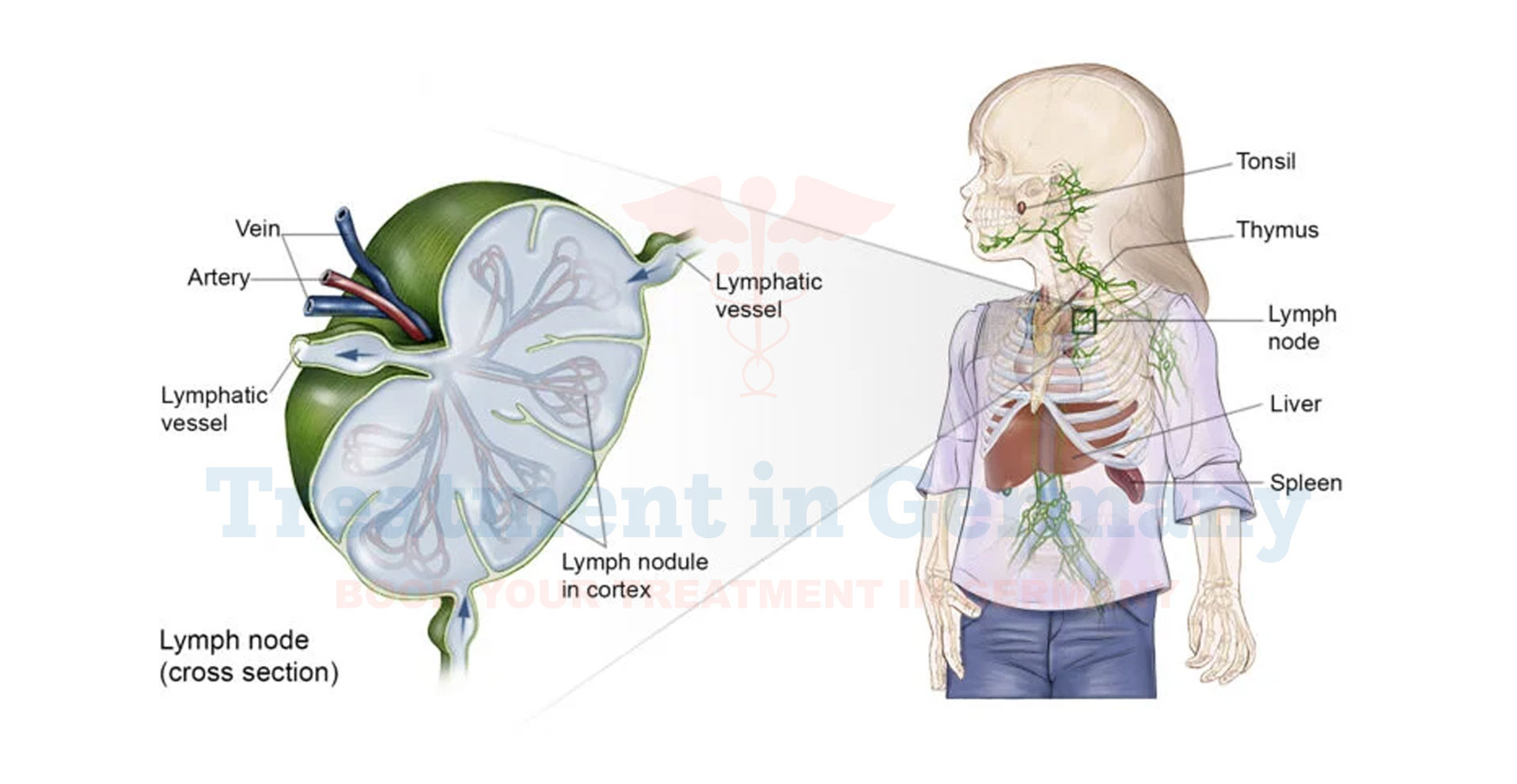What is Burkitt Lymphoma?
Burkitt Lymphoma is a rare and aggressive form of non-Hodgkin lymphoma, a type of cancer that originates in the body's lymphatic system. Named after Denis Burkitt, the doctor who first identified it in African children in the 1950s,
Burkitt Lymphoma is characterized by rapidly growing tumors that often involve the jaw, face, and abdomen. It is caused by changes (mutations) in the DNA of a specific type of white blood cell called B-cells, leading to uncontrolled cell division and tumor formation.
Side Effects of Burkitt Lymphoma
The symptoms of Burkitt Lymphoma can vary depending on where the tumors develop. Common signs include:
Due to its rapid growth rate, Burkitt Lymphoma can cause complications such as organ dysfunction if not promptly treated.
How is Burkitt Lymphoma Diagnosed?
Diagnosing Burkitt Lymphoma typically involves a combination of tests and procedures:
Once diagnosed, further tests such as bone marrow biopsy and lumbar puncture (spinal tap) may be performed to determine the stage of the disease and plan treatment.
Potential Treatment of Burkitt Lymphoma
Treatment for Burkitt Lymphoma typically involves aggressive chemotherapy regimens. The specific approach may include:
👉 Contact us for further information and receive a complimentary consultation.

.webp)
.webp)
 (1).webp)
 (1).webp)

.webp)
.webp)
 (1).webp)
 (1).webp)
